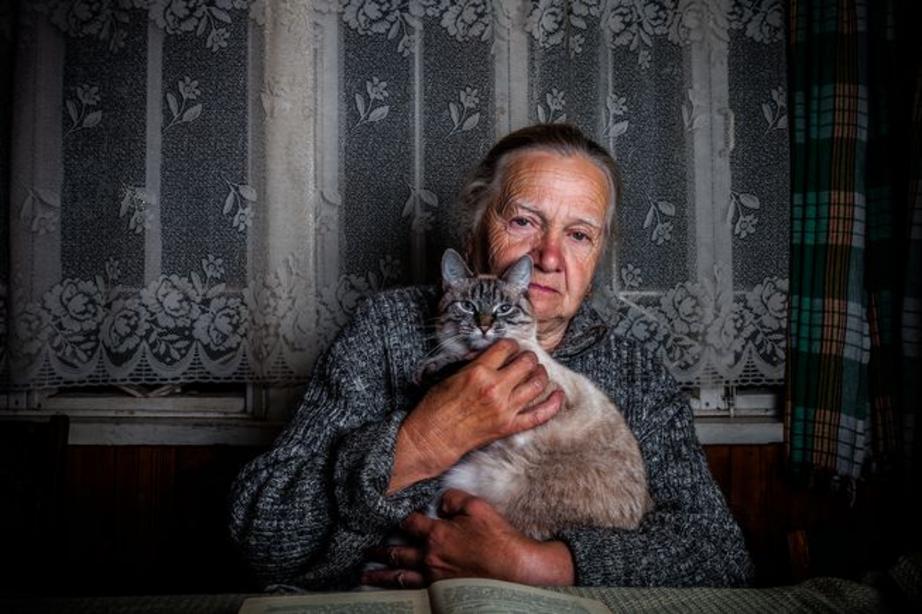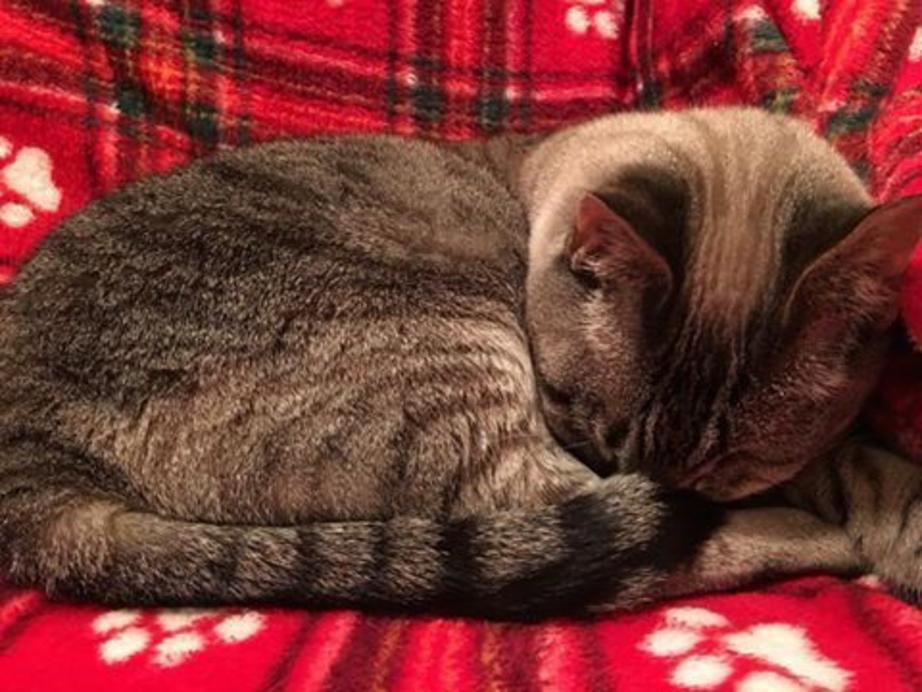Are robot cats the cure for lonely seniors?
In an effort to stave off an epidemic of loneliness among seniors, artificial intelligence may soon be powering robot cats into their lives.
With the enthusiastic support of toymaking titan Hasbro, scientists at Brown University are developing a kind of Cat 2.0.
It’s a furry friend that won’t sully the litter box or need exercise or even food — but it will purr on demand, as well as kindly remind seniors of appointments, or when it’s time to take their medicine.
It would also likely outlive its owner, sparing them the crippling grief of losing a pet — while standing steadfastly at their side until the very end.

This cat is real. But in the future, it may not be so easy to tell the difference. (Photo: Strannik_fox/Shutterstock)
"It's not going to iron and wash dishes," Bertram Malle, a professor at Brown University told the Associated Press. "Nobody expects them to have a conversation. Nobody expects them to move around and fetch a newspaper. They're really good at providing comfort."
What’s not to love about robot cats?
Certainly, artificial companions (no, not those kind) have been around for at least the last decade. In Japan, giant cuddly robots have been storming hearts in nursing homes since 2016.
Called "support robots" these big, twitching teddy bears will drive what’s projected to become a $4 billion industry by 2035 — all the while easing Japan’s acute shortage of healthcare workers.
Robots don’t even need to be all cuddly and google-eyed to be of service to seniors. The Dinsow elder care robot developed by CT Asia Robotics, dispenses with the plush pretense of a stuffed toy, and sticks straight to being a robot. (You can see it in action in the video above.
It makes sure the human in its life is sticking to the doctor’s orders and taking those meds at the right time, as well as answering incoming calls from family and friends.
That’s all well and hello-moto. But what about robots pretending to be cats?
At first blush, the Hasbro-Brown University initiative might seem like a win for everyone.
Researchers get the funds to develop new intuitive technologies, seniors get zero-maintenance friends for life, and, naturally, the toy company makes out like the fattest cat of all.
But there are other costs.
First, consider an underrated victim in all of this: real cats. As in the case with most robotic replacements, hard-working American felines will lose their jobs. And, as several partnerships between animal shelters and nursing homes attest, they do a more-than-serviceable job of brightening the lives of seniors.
So they don’t check email, answer the phone or chime when it’s time to take those meds. There is, in fact, an app for that.
Besides, the stakes for a cat without a family are heartbreakingly high. According to the American Society for the Prevention of Cruelty to Animals (ASPCA), every year about 860,000 cats heave their last sigh in a U.S. animal shelter.
Robot replacements won’t help. In fact, the message here — shop, don't adopt — might be the polar opposite of what animal rescuers have long pleaded so passionately.

U.S. animal shelters are teeming with unwanted cats that could go a long way toward brightening a senior's life. (Photo: Michigan Cat Rescue)
That isn’t to suggest every senior should own a cat either. In many cases, seniors can’t keep up with the responsibilities of caring for a cat. That’s not good for the animal or the human.
But it does bring us to the most important end of the equation: What do seniors want?
Do they really dream of electric cats? Or does the solution run a little deeper than giving lonely people talking teddy bears?
Make no mistake, loneliness is plague on society. The number of American adults who say they feel lonely has doubled from 20 percent in the 1980s to 40 percent. A full third of Americans over 65 — and half of those over 85 — live alone.
A 2015 study from the University of California, Berkeley found disconnected seniors at increased risk of cardiovascular disease, elevated blood pressure and cognitive deterioration.
In a tech-obsessed society, we’re always quick to find "fix-it" solutions to social ailments. But a technical bandaid — like a talking cat — may only mask a problem that may be much easier to solve ... organically.
Maybe that means supporting movements like the Campaign to End Loneliness, which organizes visits, or even just phone calls, with elderly people.
Or maybe that’s just us, calling a nearby seniors home or outreach organization and asking what we can do to help. (Did someone say New Year's resolution?)
Maybe we can bring a cat along for a visit. Because in this lonely world, we need all the living, breathing connections we can get. Not the incredibly lifelike facsimiles that purr perfunctorily — and remind us when to take our pills.

The solution to the crisis of loneliness may lie in a less technical and more organic approach. (Photo: Budimir Jevtic/Shutterstock)
For the rest of this article please go to source link below.
Video can be accessed at source link below.

